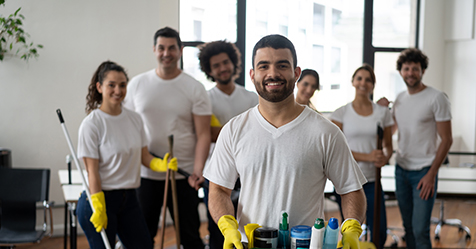6 Proven Pipe Winterizing Steps to Take Now
As winter approaches, now is the time to prepare plumbing in facilities for the cold weather, particularly for buildings, such as schools, that might be closing for the holiday season.
Winterizing helps prevent leaks and breaks in the plumbing system. When water freezes inside pipes, it expands and creates pressure that can damage pipes and plumbing fixtures.
Winterizing also prevents sewer odors and gases from escaping into a building. This happens when the P-trap underneath drains dries out, allowing hydrogen sulfide and methane gas to enter the facility. These gases can cause serious health hazards.
To avoid these problems, Klaus Reichardt, Waterless Co. Inc. founder and CEO, marketers of restroom products, suggests the following six winterizing steps for temporarily closed facilities:
- Shut off the water supply. If permitted, shut off the main water valve to the facility. If a pipe bursts, it could cause thousands of dollars in damage.
- Open all faucets and drains. This will allow water to drain out of the pipes.
- Drain the water heater. Turn off the electrical or gas service to the water heater, and then open the drain valve to drain the water heater.
- Add antifreeze to toilets. With the main water valve closed, flush toilets and pour antifreeze in the bowls. This prevents standing water from freezing.
- Insulate exposed pipes. This will keep water in outdoor or exposed pipes from freezing. Use pipe insulation sleeves, wrapping, or foam pipe insulation.
- Maintain a heating source in the facility. Setting the thermostat at 40 to 50 degrees Fahrenheit helps protect pipes from the cold.
“As the days grow colder, the last thing a manager wants to find when returning to a facility is burst or frozen pipes,” added Reichardt. “These steps will help prevent this.”
For more tips on keeping pipes from freezing this winter, check out Preventing Burst Pipes in Your Facility.


